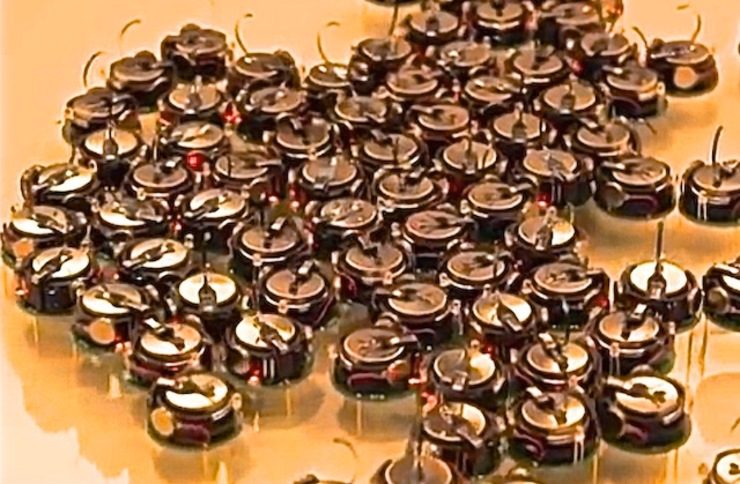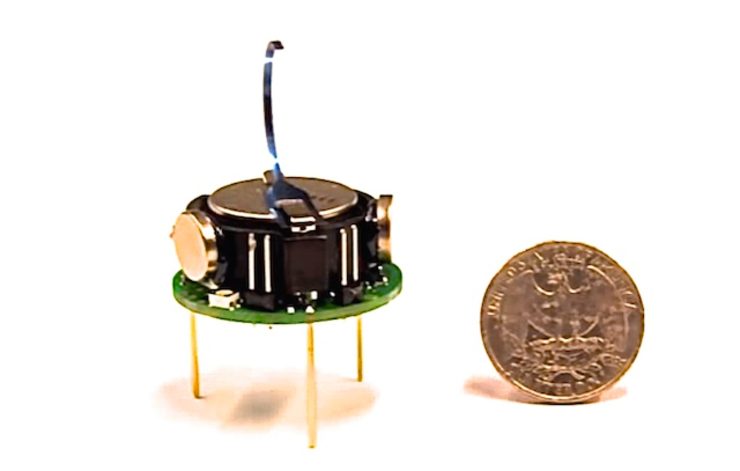SUMMARY
This is AI generated summarization, which may have errors. For context, always refer to the full article.

The project is the latest breakthrough in robotics from a team at Harvard University that has also created robots inspired by termites.
Called Kilobots, these 1,024 simple machines were designed to act like bees and ants, using vibration motors to glide across surfaces and infrared lights to communicate with each other.
“We are especially inspired by systems where individuals can self-assemble together to solve problems,” said Radhika Nagpal, Fred Kavli professor of computer science at the Harvard School of Engineering and Applied Sciences and a core faculty member at the Wyss Institute for Biologically Inspired Engineering at Harvard University.
The project, described in the US journal Science, builds on past advances by including more robots. Previous researchers used dozens or 100s.

Because of the simple design, the robots can only communicate with others that are less than the distance of three robots away, but they need no intervention once they get their pre-programmed order.
Just what they may be used for someday is not known yet.
But whether they act like a school of fish, or an army of ants on tasks like environmental cleanup or disaster response, researchers say they believe the bots could one day be a boon to society.
“Biological collectives involve enormous numbers of cooperating entities – whether you think of cells or insects or animals – that together accomplish a single task that is a magnitude beyond the scale of any individual,” said lead author Michael Rubenstein, a research associate at Harvard SEAS and the Wyss Institute. – Rappler.com
Add a comment
How does this make you feel?
There are no comments yet. Add your comment to start the conversation.